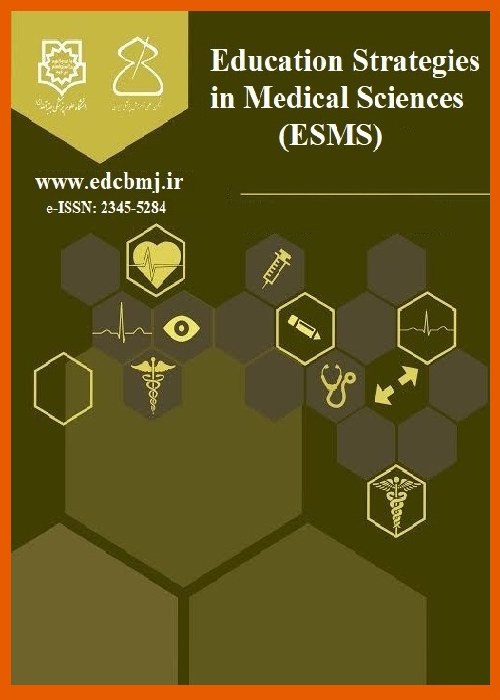The Comparison Of The Effectiveness Between Task-Based Interactive Language Teaching (TBILT) And Task-Based Language Teaching (TBLT) on Psychological Learning Barriers (Attitudinal & Academic Self-Efficacy) In Heterogeneous University Classes
The importance of learning English as a foreign language among nations in the age of science and technology and communication is not overlooked by anyone, but learning it in the community is always accompanied by psychological barriers. The purpose of this study was to investigate and compare the effectiveness of interactive and work-oriented teaching methods on reducing the psychological barriers of learning, including negative attitudes in English and lack of academic self-esteem.
The present study was a quasi-experimental, pre-test, post-test, and control group. The statistical population of the study consisted of all students who entered the Islamic Azad University, Babol branch without entrance examinations, with a total of 420 students in the academic year of 2018. A sample of 90 students was selected through random sampling. Then, they were randomly assigned to three groups (60 people) and control (30 people). Attitude and self-efficacy questionnaires were used as a pre-test for all three groups. Then, the teacher was taught in three classes by a researcher with three different interactive, participatory, work-oriented, traditional and traditional work methods during 20 sessions (each 90 minutes). At the end of this period, all three groups completed the above-mentioned questionnaires as a post-test. Data were analyzed using covariance analysis and Duncan's post hoc test.
The results of data analysis showed that both methods of work-oriented with a significant level (p <0.01) resulted from the traditional grammatical-translational method. Comparing the two methods of work-centered interaction, the interactive-collaborative method of the conventional method was better in relation to self-efficacy (p <0.01) but in the case of attitudinal barrier, despite the difference in the mean of the two groups in the mean of the two groups in favor of the method Interactive-participatory approach to positive attitude did not show statistically significant difference (p> 0.26).
Considering the effectiveness of the interactive-participatory teaching job-based teaching method, it is suggested that self-efficacy and positive attitude could improve students' academic status.
- حق عضویت دریافتی صرف حمایت از نشریات عضو و نگهداری، تکمیل و توسعه مگیران میشود.
- پرداخت حق اشتراک و دانلود مقالات اجازه بازنشر آن در سایر رسانههای چاپی و دیجیتال را به کاربر نمیدهد.


